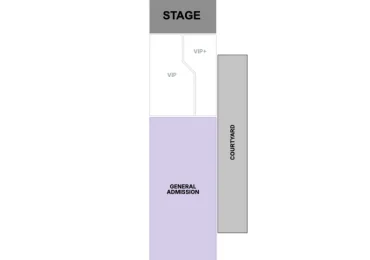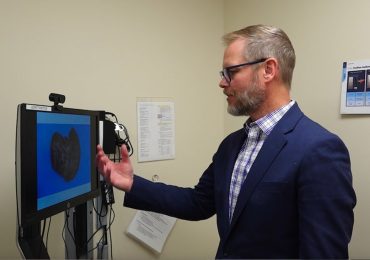
Patients who have been exposed to a coronavirus may produce a versatile, cross-reactive coronavirus antibody; this may be useful for the eventual development of a broad-acting vaccine.
There are seven human coronavirus types, of which, four cause the common cold, named OC43, HKU1, 229E, and NL63. Most people become infected with at least one of these four coronaviruses at some point in their lives. Severe acute respiratory syndrome coronavirus 2 (SARS-CoV-2) is another member of the coronavirus family that causes COVID-19. Infection with the cold-causing coronaviruses may lead to immune memory. This could potentially impact on the immune response to COVID-19.
Research published in Nature Communications compared blood samples of patients collected before the pandemic with those who tested positive for COVID-19. By doing this, the researchers were able to find antibody types that cross reacted with other coronaviruses and SARS-CoV-2.
Cross-reactive coronavirus antibody produced during SARS-CoV-2 infection
It was discovered that a cross-reactive coronavirus antibody is triggered as a direct result of a COVID-19 infection. Dr Raiees Andrabi, a senior author of the paper, stated, “We were able to determine that this type of cross-reactive antibody is likely produced by a memory B cell that’s initially exposed to a coronavirus that causes the common cold, and is then recalled during a COVID-19 infection.”
Memory B cells are long-lived, as they can circulate throughout the body for decades in order to recognise and fight pathogens that they have previously encountered. Memory B cells offer protection against reinfection by rapidly producing specific antibodies. Although the study found evidence of pre-existing cross-reactive memory B cells that were triggered during SARS-CoV-2 infection, there was only weak evidence of pre-existing SARS-CoV-2 cross-reactive serum antibodies in pre-pandemic patient samples. However, the researchers were able to identify one cross-reactive neutralizing antibody specific to the S2 subunit of the spike (S) protein.
How does this antibody work?
The researchers used electron microscopy to visualise how the cross-reactive antibody had the ability to neutralize a range of coronaviruses, including SARS-CoV-2. They found that the antibody typically bound to the S protein of the virus. This area did not seem to vary in different coronavirus strains.
Ge Song, the first author of the paper, stated, “The study highlights how important it is to fully understand the nature of pre-existing immunity, especially in regard to coronaviruses. Earlier exposure to a coronavirus, even a virus that causes mild colds, impacts the nature and level of antibodies produced when more serious coronavirus threats emerge.”
Significance of the study
Since immunological memory forms the basis of vaccination, the findings of this study could potentially lead to the creation of a vaccine or antibody treatment that works against most or all coronaviruses. Pre-existing immunity to endemic coronaviruses should be further investigated to evaluate antibody responses to SARS-CoV-2.
Co-author Dr Dennis Burton explained, “Another deadly coronavirus will likely emerge again in the future – and when it does, we want to be better prepared. Our identification of a cross-reactive antibody against SARS-CoV-2 and the more common coronaviruses is a promising development on the way to a broad-acting vaccine or therapy.”
References:
Song, G., et al. (2021). Cross-reactive serum and memory B-cell responses to spike protein in SARS-CoV-2 and endemic coronavirus infection. Nature Communications, 12(1), 1-10. Retrieved from: https://www.nature.com/articles/s41467-021-23074-3
Versatile coronavirus antibody may be starting point for broader-acting vaccines (2021). EurekAlert! Retrieved from: https://www.eurekalert.org/pub_releases/2021-05/sri-vca052721.php
Quast, I. and Tarlinton, D. (2021). B cell memory: understanding COVID-19. Immunity, 54(2), 205-210. Retrieved from: https://www.ncbi.nlm.nih.gov/pmc/articles/PMC7826135/
Image by mattthewafflecat from Pixabay








